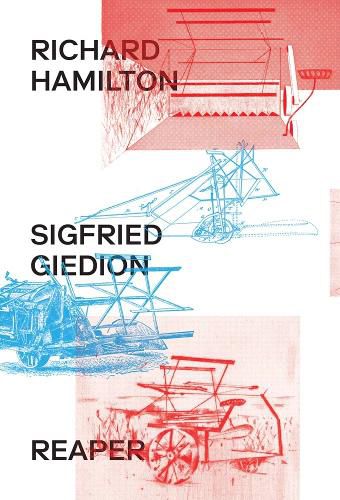Readings Newsletter
Become a Readings Member to make your shopping experience even easier.
Sign in or sign up for free!
You’re not far away from qualifying for FREE standard shipping within Australia
You’ve qualified for FREE standard shipping within Australia
The cart is loading…






The starting point of this publication is the conceptual encounter between English Pop artist Richard Hamilton (1922-2011) and Swiss historian and architecture critic Sigfried Giedion (1888-1968), famous for his landmark 1941 book, Space, Time & Architecture.
In 1949 Richard Hamilton created the Reaper print series as a reaction to Giedion’s 1948 book Mechanization Takes Command, in which he describes the mechanization of everyday life. Reproducing Hamilton’s complete Reaper series alongside illustrations created by Giedion plus related images, this publication brings together seven essays by renowned international scholars. Among the many topics discussed are Hamilton’s early works and exhibition installation practice, postwar British biotechnology and architecture, Hippie Modernism and the visual strategy of Giedion’s books.
$9.00 standard shipping within Australia
FREE standard shipping within Australia for orders over $100.00
Express & International shipping calculated at checkout
The starting point of this publication is the conceptual encounter between English Pop artist Richard Hamilton (1922-2011) and Swiss historian and architecture critic Sigfried Giedion (1888-1968), famous for his landmark 1941 book, Space, Time & Architecture.
In 1949 Richard Hamilton created the Reaper print series as a reaction to Giedion’s 1948 book Mechanization Takes Command, in which he describes the mechanization of everyday life. Reproducing Hamilton’s complete Reaper series alongside illustrations created by Giedion plus related images, this publication brings together seven essays by renowned international scholars. Among the many topics discussed are Hamilton’s early works and exhibition installation practice, postwar British biotechnology and architecture, Hippie Modernism and the visual strategy of Giedion’s books.